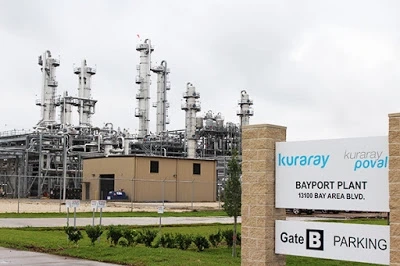Polyvinyl alcohol (PVA) is a water-soluble polymer that finds extensive use as a binder in the ceramics industry. With its exceptional properties, PVA serves as a versatile and reliable adhesive for shaping and forming ceramic materials. In this article, we will explore the advantages of PVA as a water soluble binder for ceramics and its various applications.
Ceramics are widely used for their unique properties such as high-temperature resistance, hardness, and durability. The production of ceramic components often involves complex shaping and molding processes. PVA, as a water-soluble binder, plays a crucial role in these manufacturing techniques.
One of the key advantages of PVA as a water-soluble binder for ceramics is its excellent film-forming ability. When PVA is dissolved in water, it forms a clear and viscous solution. This solution can be applied to ceramic powders or mixtures, providing a cohesive binding force when it dries. As the water evaporates, the PVA forms a thin, flexible film that adheres to the ceramic particles, holding them together.
The water-soluble nature of PVA is a significant benefit in ceramics manufacturing. After shaping or molding ceramic components with the PVA binder, the formed object can be easily immersed in water. The PVA binder dissolves, leaving behind the desired ceramic structure without the need for additional processing steps or harsh chemicals. This water-soluble property simplifies the production process and minimizes environmental impact.
PVA also offers excellent green strength in ceramics applications. Green strength refers to the strength of a ceramic component before it undergoes firing or sintering. The PVA binder enhances the green strength of ceramic bodies, allowing them to maintain their shape and integrity during subsequent processing steps. This is particularly important when handling fragile or intricate ceramic structures.
Another advantage of PVA as a water-soluble binder is its compatibility with a wide range of ceramic materials. PVA can be used with various types of ceramic powders, including oxides, carbides, nitrides, and silicates. It provides effective binding and cohesion, regardless of the specific composition of the ceramic material.
The use of PVA as a binder in ceramics extends beyond shaping and forming processes. PVA can also be incorporated into ceramic slurries and suspensions to enhance their rheological properties. It acts as a viscosity modifier, improving the flow characteristics and stability of the ceramic suspension during casting, coating, or spraying operations. This ensures uniform distribution of ceramic particles and consistent deposition on substrates.
Furthermore, Polyvinyl alcohol can be tailored to meet specific requirements in ceramics applications. Its properties, such as molecular weight, degree of hydrolysis, and viscosity, can be adjusted to suit the desired application. This versatility allows manufacturers to optimize the performance of PVA as a binder in ceramics, ensuring the desired strength, adhesion, and processability.
In summary, Polyvinyl alcohol (PVA) serves as a highly effective water-soluble binder in ceramics applications. Its film-forming ability, water solubility, green strength, and compatibility with various ceramic materials make it an ideal choice for shaping, molding, and forming ceramic components. The use of PVA as a binder simplifies the manufacturing process, provides excellent adhesion, and allows for easy removal of the binder without compromising the integrity of the ceramic structure. With its versatile properties and customizable characteristics, PVA continues to play a vital role in the advancement of ceramics production.


